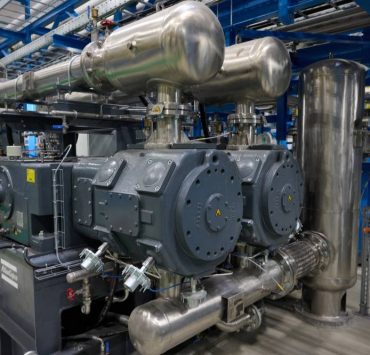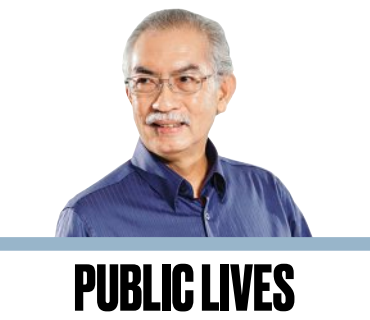‘Unacceptable’
April was the eleventh month in a row that saw record global temperatures—parching lands, including in the Philippines, where the ruins of a centuries-old town in Nueva Ecija recently emerged from a dried-up dam. The drought due to the El Niño weather phenomenon is expected to prevail until next month and could threaten regular water supply. But for millions of Filipinos who do not have a regular water supply and depend on natural sources like springs, creeks, and rainwater for their drinking and household needs, it could be even worse.As President Marcos himself said, this situation is unacceptable.The President directed last Tuesday the Department of Natural Resources and Environment (DENR), the National Irrigation Administration, and the Department of Public Works and Highways to focus on providing potable water to at least 40 million Filipinos who do not have access to it. This is about 35 percent of the country’s estimated 115 million population. “[Mr. Marcos] said, ‘It is unacceptable that we have 40 million of our countrymen that do not have access to formal water supply,’” DENR Undersecretary Carlos Primo David said in a media briefing in Malacañang.
Groundwater levels
Most of these communities are in the south, particularly in the Bangsamoro Autonomous Region in Muslim Mindanao. Mr. Marcos tasked the Water Resources Management Office (WRMO), established in April 2023 through Executive Order No. 22, to focus particularly on tiny islands with an average area of 1 square kilometer. “We have roughly around 7,600-plus islands but not many people know that 5,500 of those are small islands. And many of these small islands do have communities, mostly fisherfolk, and each and every one of those do not have access to water,” David said.
WRMO, whose main mandate is to integrate and harmonize the different water-related programs under various agencies, has already completed mapping out the country’s water resources, according to David. This is good news because, as cited by the British Geological Survey (BGS), a global geoscience organization, in a study on the Philippines’ water security in 2021, there was a lack of up-to-date information, particularly on groundwater levels. This information is crucial in determining potential floods or droughts and alerting on required actions to manage water supply. It could also be helpful not only to government but to foreign funders interested in investing in these areas—an option that Mr. Marcos himself raised, aside from public-private partnership ventures.
Extreme rainfall events
For now, the WRMO has listed 65 island barangays where it plans to put up a desalination system, which is common in Middle East countries and areas in the United States where there is no potable water. A desalination plant could serve up to 500 families and costs from P5 million to P8 million.
The government should move fast on this, not only because of the drought being experienced now but as BGS warned in the 2021 study: “Current projections of climate up to 2050 suggest the Philippines will become warmer, with increasing temperature and decreasing rainfall during the dry season and more extreme rainfall events during the wet season. This will undoubtedly exacerbate both water availability during periods of drought and the magnitude of flood events during periods of heavy rainfall.” In addition to water stresses from a changing climate, it added, a 50-percent projected increase in the Philippine population by 2050 could “further exacerbate pressures on future water resources.”
The problem, as David himself pointed out, is not having enough water resources but managing them. “Believe it or not, we are actually very rich in water resources. We should probably qualify that we are rich in water resources during the rainy season and during the dry season, this is our perennial issue that we do not have enough water for irrigation, even for drinking water and power generation such as what we are now seeing in Mindanao,” he said.
A human right
That the government acknowledges this as a perennial issue—whether or not there is El Niño—raises the question of why managing water resources to ensure enough supply to last through the dry season continues to be a problem. Previous studies have provided adequate warnings about droughts and how water shortages affect sectors like agriculture and impact the health of communities through the spread of diseases due to a lack of basic hygiene. It becomes even more lamentable when places that heavily use water such as golf courses exist—and it is only right for the government to call for their judicious use of this precious resource.
Safe drinking water is essential to health and wellness, and it is also a human right. Failing to provide this basic necessity to a third of the country’s population is indeed unacceptable.
















